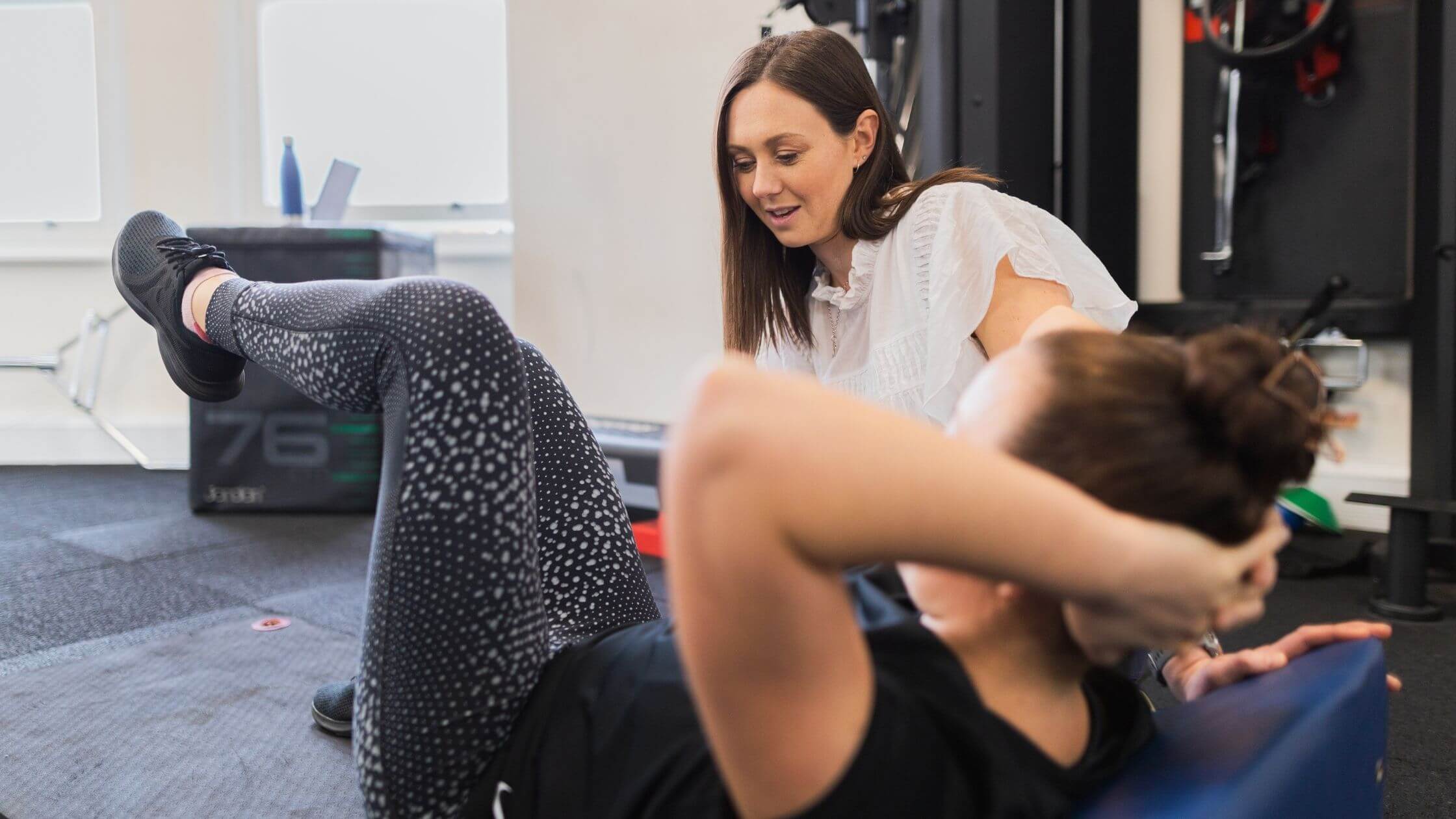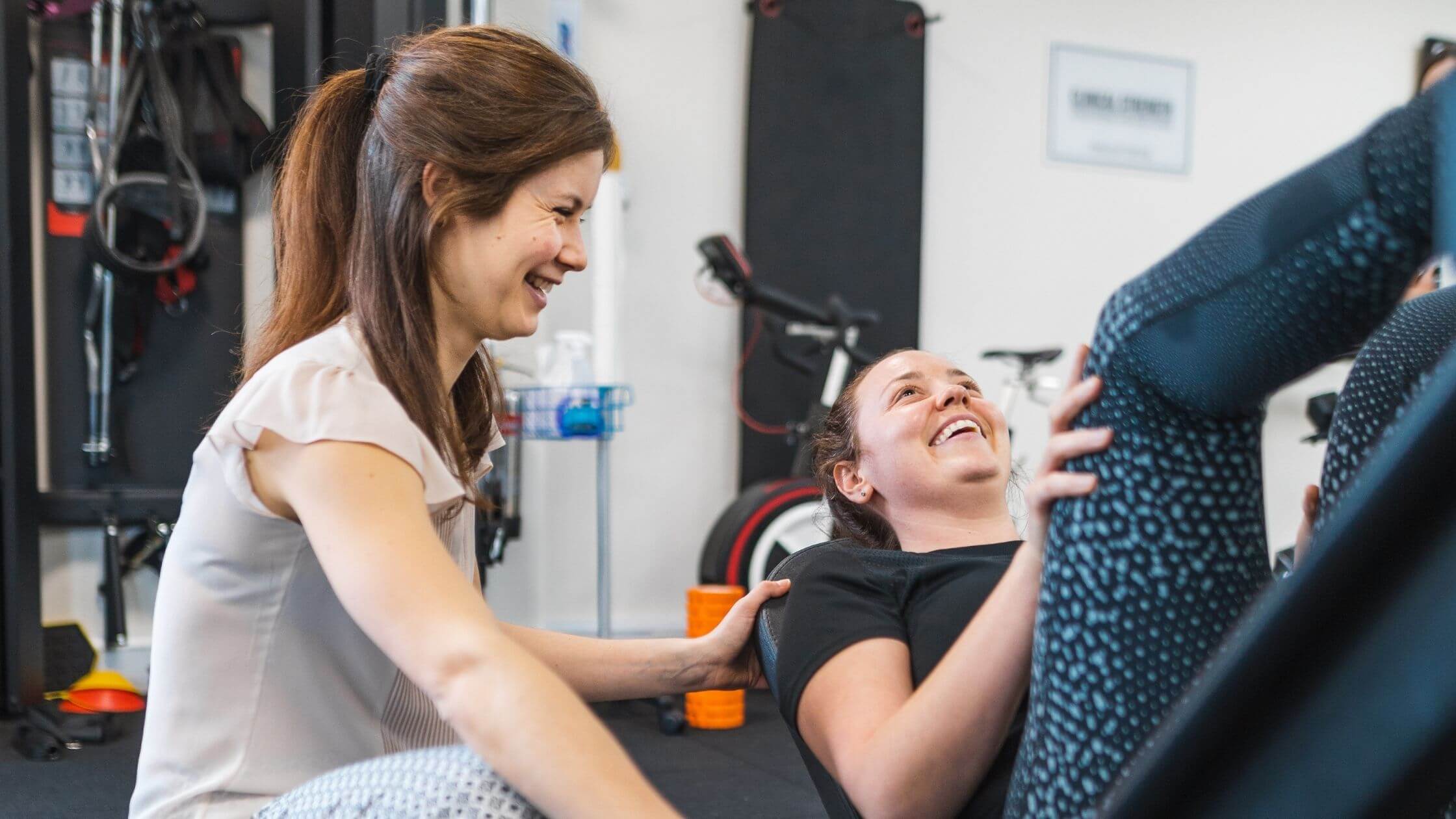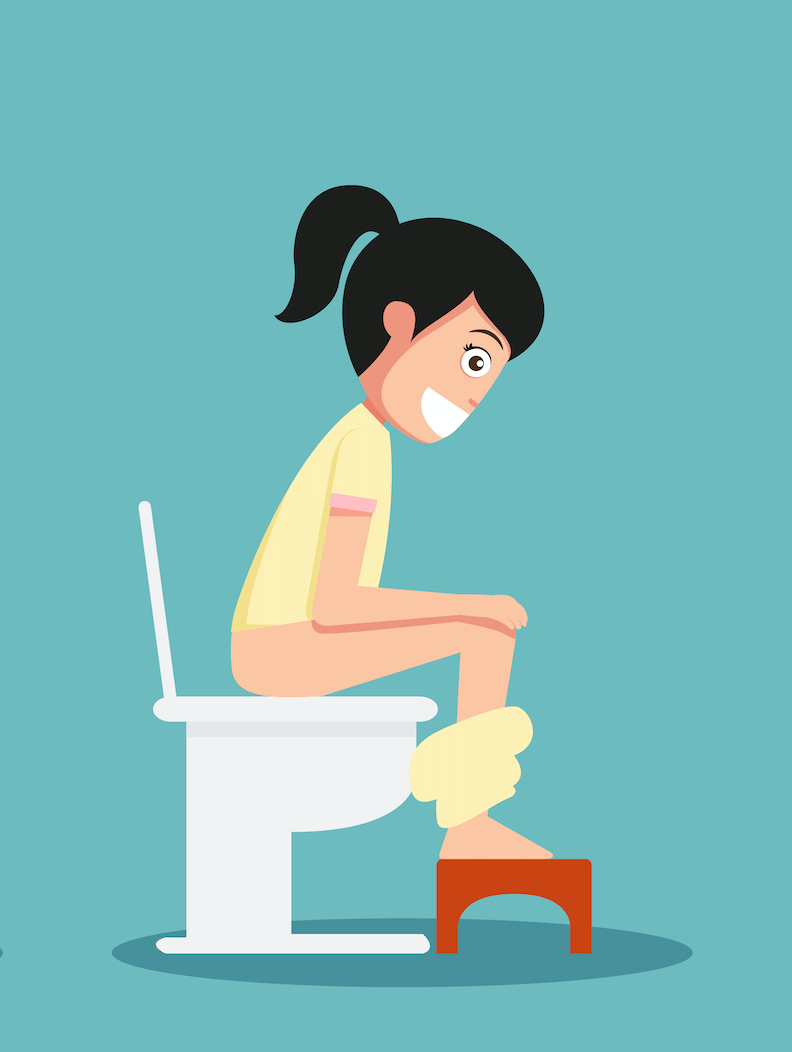Urinary incontinence is the involuntary leaking of urine. It is a common and often embarrassing problem. It is also something that is rarely spoken about. Only 1 in 5 women currently seek help for issues with urinary incontinence. Hopefully we can provide some information on urinary incontinence in order to change this and make you feel confident about how to improve your symptoms and when to see help and guidance.
There are a number of different types of urinary incontinence.
Stress incontinence
Stress incontinence is the most common type of urinary incontinence.
It is the leaking of urine when your bladder is put under sudden pressure. This could be when you cough, laugh or sneeze. It can also be when you lift something heavy or caused by impact such as walking, running or jumping. The amount of urine leakage can range from a few drops, to complete emptying of the bladder.
Urge incontinence
Urge incontinence is when you leak urine after feeling a sudden desire to wee, which you cannot put off. This can often happen on the way to the toilet, when you put the key in the front door,
Overflow incontinence
Overflow incontinence is when you experience frequent or constant dribbling of urine when you are unable to completely empty your bladder.
Overactive bladder
An overactive bladder is when you suffer from urgency, increased daytime and night-time frequency, that occurs with or without urge incontinence. It may be called ‘OAB wet’ or ‘OAB dry’, depending on whether or not the urgency is associated with incontinence. This affects 1 in 5 of women over the age of 40.
Mixed urinary incontinence
Mixed urinary incontinence is the involuntary leakage of urine associated with both stress incontinence and urge urinary incontinence.

Why do I leak?
Urinary incontinence can be caused by everyday habits, underlying medical conditions or physical problems. An assessment by a pelvic health physio can help determine what is causing your incontinence and how best to treat it.
There are a number of factors that can increase your risk of developing urinary incontinence and leaking which include:
Your gender
Women are more likely to have stress incontinence. Pregnancy, childbirth, menopause and normal female anatomy account for this difference. One in three women suffer from urinary incontinence if they have had a child so it is very common!
Your age
As you get older, the muscles in your bladder and urethra lose some of their strength. Changes with age reduce how much your bladder can hold and increase the chances of involuntary urine release. However, it is important to note that urinary incontinence isn’t an inevitable consequence of aging.
Being overweight
Increase in body weight can increase the downward pressure on your bladder, surrounding supportive structures and pelvic floor. This in turn can weaken them and lead to leaking of urine.
Being constipated
The rectum is located near the bladder and shares many of the same nerves. When it is full it also presses on the bladder and cause a feeling of urgency. Chronic constipation and straining can lead to increased downward pressure on the pelvic floor and weakening of the muscles.
Smoking
Tobacco use may increase your risk of urinary incontinence. It can also often cause you to cough more frequently which again, causes a downward pressure
Family history
Your chances of developing urinary incontinence, in particular urge incontinence, is higher if a close family member has also suffered from this.
Other medical conditions
Neurological diseases such as Parkinson’s or Multiple sclerosis, as well as diabetes may increase your risk of incontinence. Urinary tract infections can irritate your bladder, causing you to have strong urges to go for a wee, sometimes leading to leaking.
There are also certain foods and drinks that can irritate the bladder and cause you to need to go for a wee more frequently. These include:
- Caffeine
- Fizzy drinks
- Fresh fruit juice and citrus based drinks
- Alcohol
- Drinks containing artificial sweeteners
- Chilli
- Citrus fruit

What do I do to stop leaking?
It is important to remember that everyone is different and your treatment will depend on you and your symptoms. If you suffer from urinary incontinence it does not commonly mean you will need to take medication or have surgery. Even some simple lifestyle changes can made the world of difference to your symptoms.
If you suffer from symptoms of urinary incontinence the first line of treatment is Physiotherapy. We advise that you book in to see a specialist Pelvic Health Physiotherapist who can complete a full assessment.
They will be able to review your symptoms and address all the factors that may be causing them. They will complete a thorough assessment of you, how you are moving and functioning as well as completing a vaginal examination. This ensures that they can then provide advice, education and support with the aim of guiding you back to your normal daily activities and exercise. They will then help to ensure that you are activating your pelvic floor muscles in the right way and working to improve their strength and co-ordination. They can help you to make adaptations to your lifestyle to help you manage independently in the future.
If adequate improvements in your symptoms are not made with physiotherapy then they can discuss other management strategies. Your physiotherapy can offer support with this as well as the in the decision making process around alternative treatments and how to access them.
Try some lifestyle changes
Some simple lifestyle changes you can try yourself include:
- Reducing the amount of caffeine you drink or swapping to decaffeinated options. This helps as caffeine increases the amount of urine your body produces. Remember it is not only found in tea and coffee! (there are also high amounts of caffeine in alcohol and cola)
- Aiming to drink around 1.5- 2L of fluid a day. Both drinking too much as well as too little can make your symptoms worse. Remember that if you are very active, have been exercising or it is very hot this may be slightly more and this is just a guide.
- Maintaining a healthy BMI. Looking at how you can adjust your diet and exercise plan in order to loose excess weight.
- Stopping smoking. There are lots of support groups and services available to help you with this.
- Avoid constipation and straining. Using the ‘Squatty Potty’ position can really help.

And a final quick tip for managing stress urinary incontinence …
If you think you are going to cough, laugh, sneeze (sometimes hard to pre-empt I know!) or lift something heavy then try to engage your pelvic floor just before you do so. This is known as ‘the knack’. It can provide immediate improvement in your symptoms so have a go!
Don’t let pain hold you back, book now!




